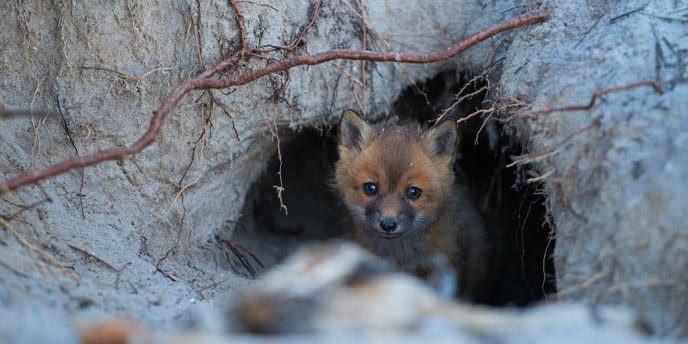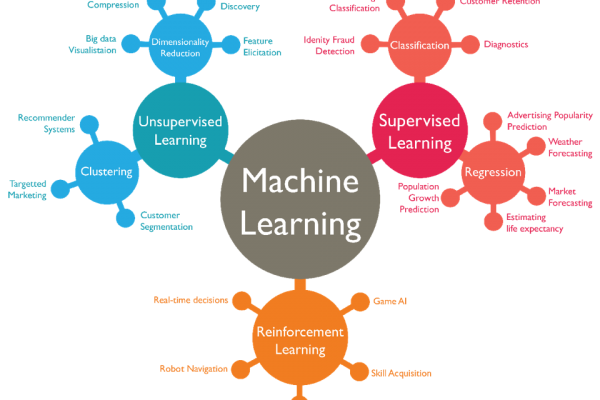The promise of machine learning (ML) for species identification is coming to fruition, revealing its transformative potential in biodiversity research. International workshops such as FGVC and LifeCLEF feature competitions to develop top performing classification algorithms for everything from wildlife camera trap images to pressed flower specimens on herbarium sheets. The encouraging results that have emerged from these competitions inspired us to expand the availability of biodiversity datasets and ML models from workshop-scale to global-scale.
Bringing powerful ML algorithms to the communities that need them requires more than the traditional “big data + big compute” equation. Institutions ranging from natural history museums to citizen science groups take great care to collect and annotate datasets, and the data they share have enabled numerous scientific research publications. But central to the tradition of scholarly research are the conventions of citation and attribution, and it follows that as ML extends its reach into the life sciences, it should bring with it appropriate counterparts to those conventions. More broadly, there is a growing awareness of the importance of ethics, fairness, and transparency within the ML community. As institutions develop and deploy applications of ML at scale, it is critical that they be designed with these considerations in mind.




